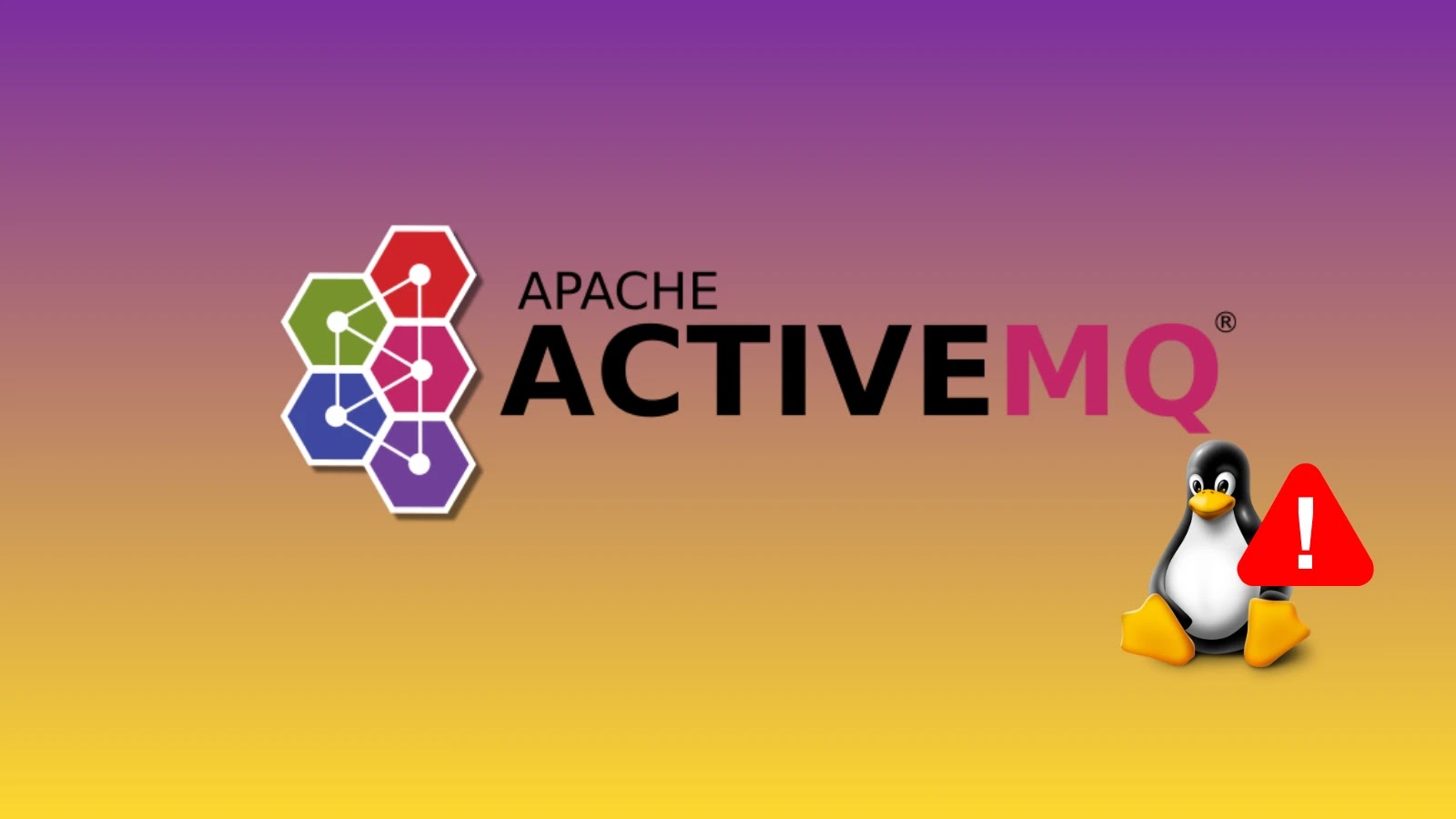
Hackers Exploiting Apache ActiveMQ Vulnerability to Gain Access to Cloud Linux Systems
In a discovery that sends a stark warning across the cloud security landscape, a sophisticated campaign has been uncovered, exploiting a critical vulnerability in Apache ActiveMQ. This isn’t just another opportunistic attack; adversaries are demonstrating advanced operational security, patching the very vulnerability they used to maintain exclusive control over compromised cloud Linux systems. This level of stealth and control points to well-resourced actors, reminiscent of tactics typically associated with nation-state operations.
Understanding the Threat: CVE-2023-46604
The core of this concerning campaign lies in the exploitation of CVE-2023-46604, a critical remote code execution (RCE) vulnerability within Apache ActiveMQ. This flaw allows an unauthenticated attacker to execute arbitrary shell commands by manipulating serialized class types in the OpenWire protocol.
- Remote Code Execution (RCE): This is one of the most severe types of vulnerabilities, granting attackers the ability to run their own code on a vulnerable system.
- Apache ActiveMQ: A popular open-source message broker used for sending messages between applications. Its widespread use makes it a high-value target for adversaries.
- OpenWire Protocol: ActiveMQ’s native, high-performance messaging protocol, which is being leveraged in these attacks.
The exploitation of CVE-2023-46604 grants attackers initial access, allowing them to establish a foothold within the target environment. What makes this campaign particularly insidious is the post-exploitation behavior.
The Operational Security of Adversaries
Beyond simply gaining access, these attackers exhibit a remarkable level of sophistication and operational security:
- Vulnerability Patching: After exploiting CVE-2023-46604, the attackers immediately patched the vulnerability on the compromised system. This clever tactic serves two critical purposes:
- Exclusive Access: It prevents other attackers from exploiting the same vulnerability, ensuring their sole control over the compromised system.
- Evading Detection: By “fixing” the entry point, they remove a potential indicator of compromise (IOC) that security analysts might spot during routine vulnerability scans or incident response.
- Targeting Cloud Linux Systems: The focus on cloud-based Linux systems highlights the attackers’ intent to leverage the scalability and connectivity often found in these environments for further malicious activities.
- Advanced Persistent Tactics: The combination of initial compromise, self-patching, and persistent access methods suggests a well-orchestrated campaign, likely aimed at long-term presence and data exfiltration rather than quick financial gain.
Remediation Actions and Mitigations
Defending against such sophisticated attacks requires immediate and proactive measures. Organizations running Apache ActiveMQ, especially in cloud environments, must prioritize these actions:
- Patch Immediately: The most crucial step is to update Apache ActiveMQ to a patched version that addresses CVE-2023-46604. Refer to official Apache ActiveMQ advisories for the latest secure versions.
- Review Network Segmentation: Ensure ActiveMQ instances are properly segmented from critical systems. Enforce strict firewall rules to limit access to ActiveMQ services only from necessary internal sources.
- Implement Strong Authentication and Authorization: If external access is necessary, use strong, unique credentials and multi-factor authentication (MFA). Implement the principle of least privilege.
- Monitor for Anomalous Behavior: Look for unusual network traffic, unauthorized file modifications (especially in ActiveMQ directories), new user accounts, or unexpected outbound connections from ActiveMQ servers.
- Regularly Audit Logs: Analyze ActiveMQ logs, system logs (auth.log, syslog), and cloud provider logs for signs of compromise or suspicious activity.
- Conduct Regular Vulnerability Scanning: Continuously scan your environment for known vulnerabilities, including those affecting messaging brokers like ActiveMQ.
- Endpoint Detection and Response (EDR): Deploy EDR solutions on all Linux cloud instances to detect and respond to suspicious processes, file changes, and network activity.
- Incident Response Plan: Have a well-rehearsed incident response plan in place to rapidly address potential compromises.
Essential Tools for Detection and Mitigation
Leveraging the right tools is paramount for identifying and mitigating risks associated with vulnerabilities like CVE-2023-46604.
| Tool Name | Purpose | Link |
|---|---|---|
| Nessus | Comprehensive vulnerability scanning and assessment. | https://www.tenable.com/products/nessus |
| OpenVAS | Open-source vulnerability scanner for network and system assessment. | https://www.openvas.org/ |
| Snort / Suricata | Network intrusion detection system (NIDS) for real-time traffic analysis and threat detection. | https://www.snort.org/ / https://suricata.io/ |
| Elastic Stack (ELK) | Log management, analysis, and visualization for security monitoring. | https://www.elastic.co/elastic-stack/ |
| Metasploit Framework | Penetration testing tool often used for exploit development and post-exploitation. (Use for testing only, responsibly). | https://www.metasploit.com/ |
Conclusion
The exploitation of CVE-2023-46604 in Apache ActiveMQ, coupled with the adversaries’ self-patching tactics, underscores a new level of threat sophistication targeting cloud infrastructure. This incident serves as a critical reminder that organizations must not only patch vulnerabilities promptly but also adopt a proactive security posture encompassing continuous monitoring, robust network segmentation, and a mature incident response capability. The future of cloud security demands vigilance and an understanding of the evolving tactics of well-resourced adversaries.





